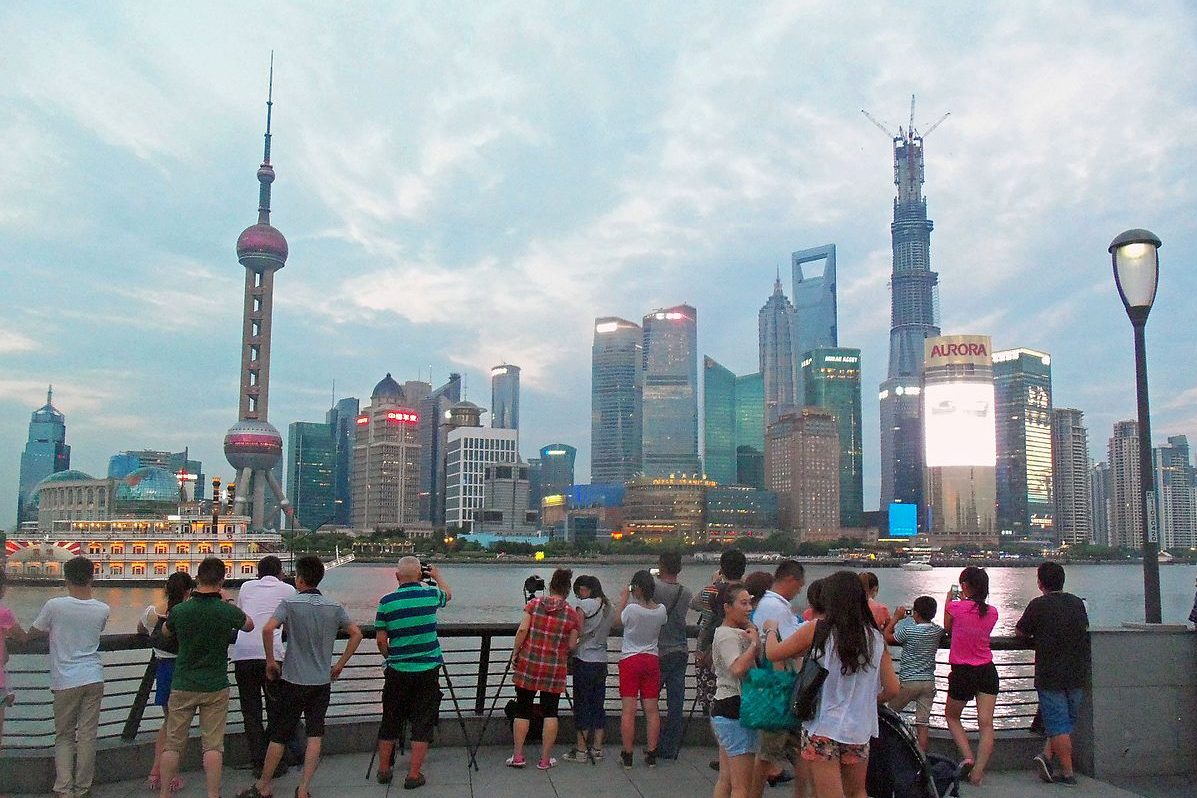Defining the New Chinese Tourist

Skift Take
As more and more countries open up, we might still be watching the curious case of the missing Chinese tourist play out in destinations across the world. That’s helping to define a new Chinese tourist, whose domestic travel is boosting the country’s economy.
Its borders sealed, China continues to maintain a strict zero-Covid policy even as the rest of the world moves to adopt an endemic approach towards the virus. So, while in 2019, 150 million Chinese tourists traveled abroad and spent about $255 billion in international destinations, the scenario in 2022 is very different.
A report from consulting firm McKinsey predicting key trends in China’s tourism market in 2022 shows that desire for overseas travel has rebounded to pre-pandemic levels with APAC being the top choice (24 percent). Southeast Asia, Europe, Russia, and Japan are named as the most desired overseas destinations.
However, outbound travel seems to be still a long way off as China’s policy announcements continue to delay any international opening. China now has a 14-day central quarantine and an additional seven-day home quarantine in most places — enough to deter any outbound leisure travel. “Nobody will choose leisure travel if you end up spending three weeks in quarantine,” reasoned Steve Saxon, partner at McKinsey & Company.
Leisure Travel — The Last Priority
Saxon noted that even if travel returns, albeit gradually, outbound leisure tourism would be the last priority of the Chinese government. This is in sharp contrast to the rest of the world where the easing of travel restrictions results in the leisure traveler being the first to travel.
At the moment, the government is not issuing passports. Also, many Chinese tourists travel internationally on tour groups, which needs government approval, said Saxon. “Once borders open, international business travel will be the first to take off, followed by visiting friends and relatives. Leisure travel will be the last to make a comeback.”
And even when travel returns it will probably not be on the same scale as before, he noted.
Resurgence of Domestic Travel
But if you thought that China’s current Covid policy has put a spanner in the works of its tourism industry, think again. Saxon pointed out that it instead boosted the country’s domestic tourism up until the last few months.
The report states that new domestic tourism products have already been developed to substitute for overseas travel as travelers plan trips around their hometowns as a first choice.
This reinforces what previous McKinsey reports indicated — that the resurgence of domestic travel would support China’s travel industry recovery. “Before the current outbreak, when domestic travel was open and encouraged, many of the 150 million Chinese outbound tourists were instead travelling domestically,” Saxon says.
Recent sporadic outbreaks though, have affected confidence in domestic travel. But McKinsey in its report notes that confidence in domestic travel safety quickly rebounds, showing a predictable pattern of recovery.
To take an example, a few months ago, the city of Xi’an, home to the popular tourist attraction The Terracotta Warriors, had an alarming Covid outbreak. The city went into lockdown, rolled out largescale testing, got back to zero cases and opened up again. “So, if the current set of lockdowns is successful, I would expect domestic tourism to recover within three months,” Saxon said, drawing upon the Xi’an example.
On Monday, Shanghai became the latest city to impose a phased lockdown as daily Covid infections surged over 3000, with Sunday’s tally going up to 3500.
Survival of Stakeholders
However, McKinsey doesn’t foresee tourism business being adversely affected even as the current outbreak may lead up to the next two months being challenging for the country.
Splitting it up across stakeholders in the value chain, Saxon said most of the big airlines in China are state linked and would receive government support for survival. “Hotel occupancies hold up because of the sheer number of quarantine facilities required. Many owners have switched their hotels to quarantine facilities. China sends close contacts of people with Covid to centralized quarantine in hotels. All international inbound passengers are also quarantined in hotels for a couple of weeks.”
The worst hit would continue to be the private sector — travel agencies and tourism destinations heavily reliant on tourist arrivals, he added.
The New Chinese Tourist
“There will be caution for a long time about going to crowded places. The winners would be destinations with more outdoors and more experiences, as Chinese tourists opt for experienced-based tourism,” said Saxon.
The McKinsey report holds out this observation, showing that tourists are opting for deeper local culture experiences and exploring activities like snow tourism and wellness.
Highlighting how snow-themed trips are expected to become a regular routine for Chinese travelers, the report notes that there are 800+ ski facilities in China, featuring 12 national outdoor ski resorts and 36 indoor ski fields. Ski simulators, a popular feature of many Chinese malls, also feature on the list.
The Chinese tourist matures and develops incredibly quickly. Many of us would remember the archetypal Chinese tourist in a foreign city, following a flag-wielding tour director to all the key landmarks. Today it’s an outdated cliché at best. As Saxon put it, “Don’t ever underestimate how quickly the market in China changes.”





